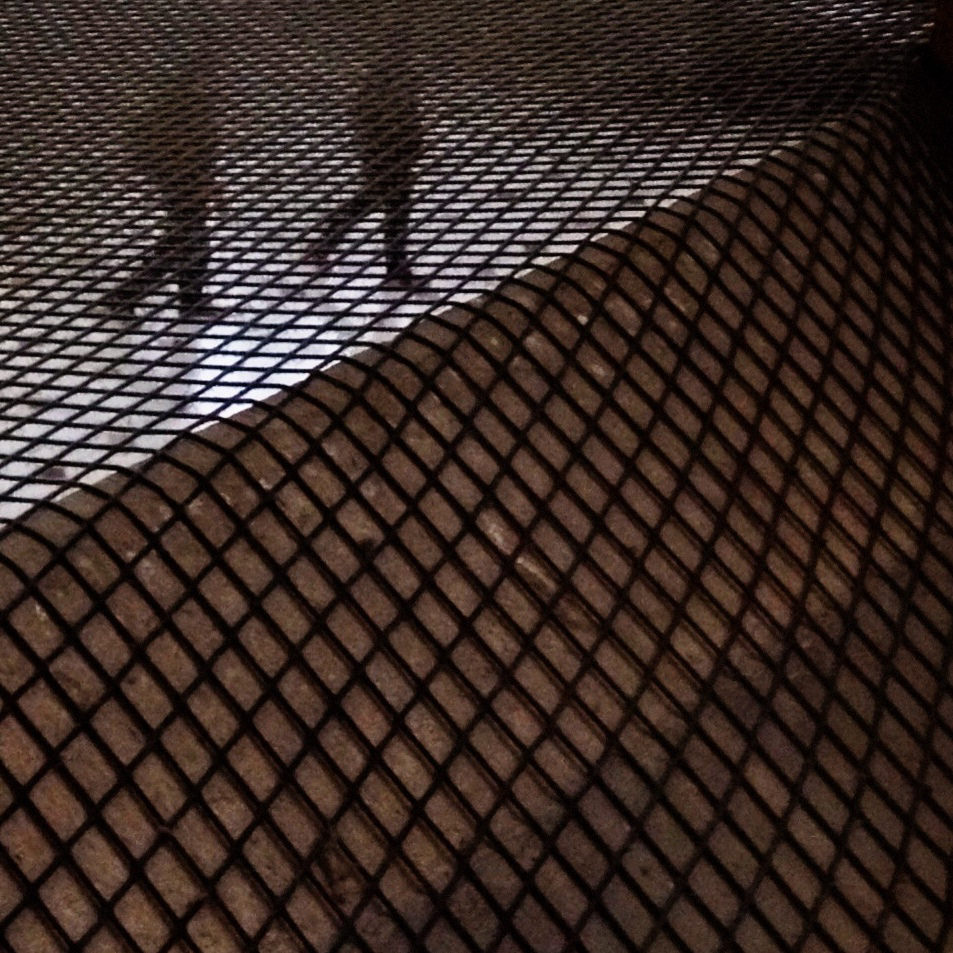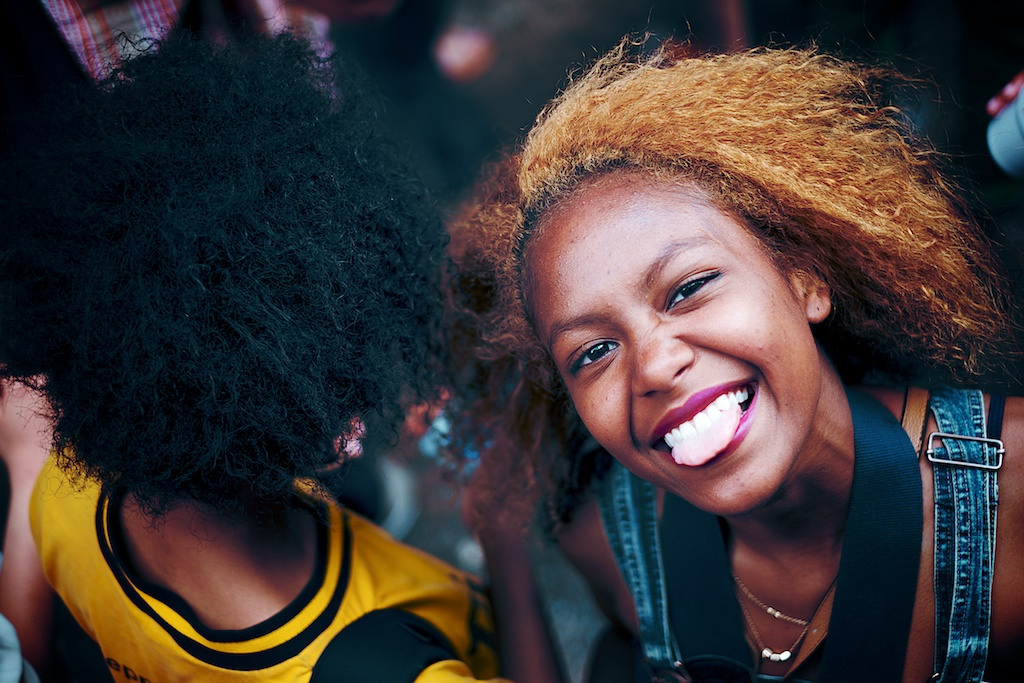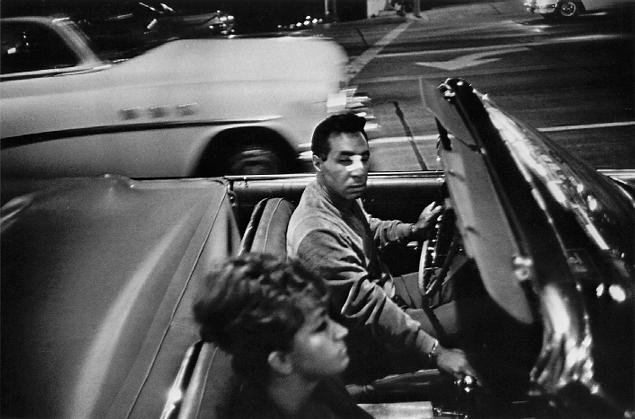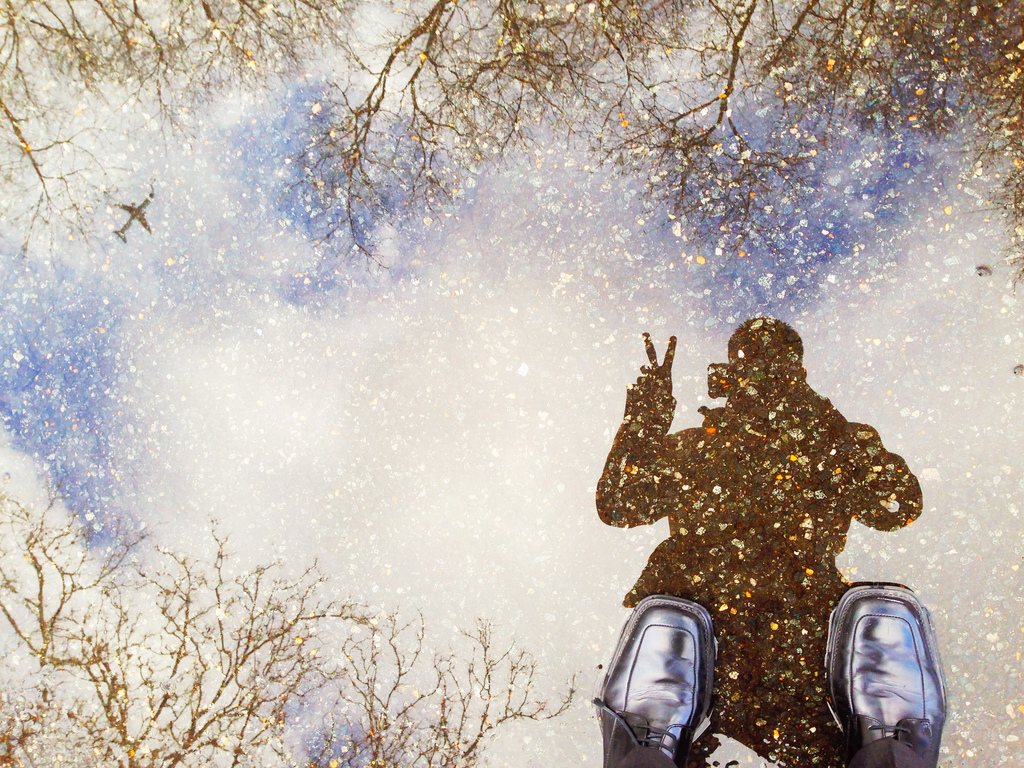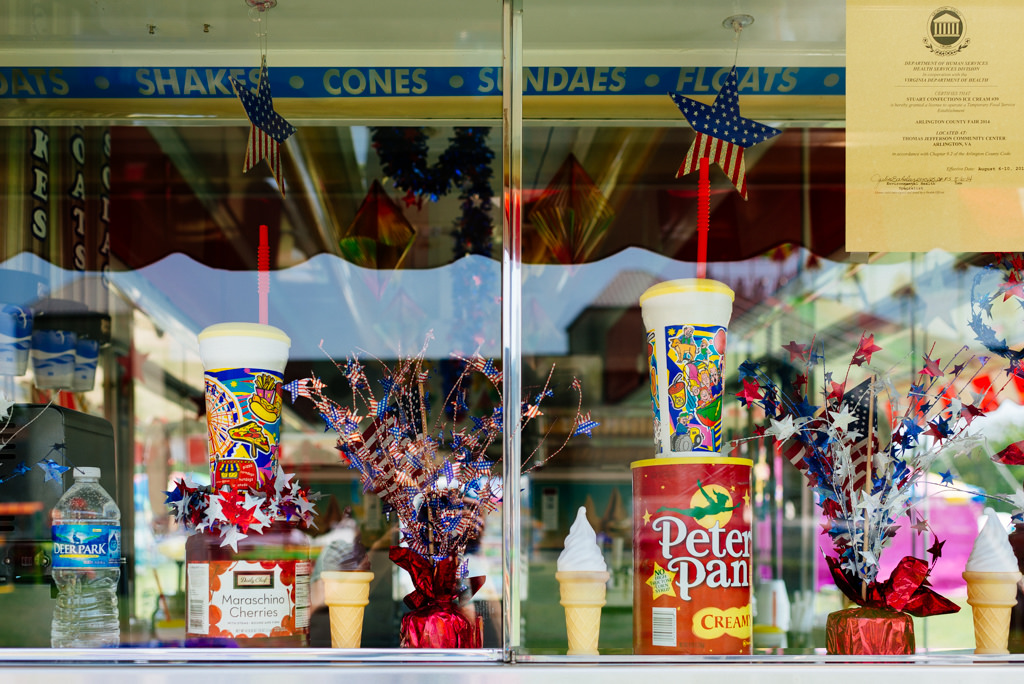
- We hope you’ve been paying attention to the events in Ferguson, Missouri, after Michael Brown, an unarmed black teenager, was shot and killed by police last Saturday. There are tons of photos on Twitter, including the police using tear gas on largely-peaceful protestors and an Al Jazeera tv crew (before taking down their equipment) on Wednesday. That same night, police closed a McDonald’s and ushered out all these “dangerous criminals” (they also arrested two reporters, including Wesley Lowery of the Washington Post). The New York Times put together the photos on all our minds, those from Ferguson in 2014 and the Civil Rights Movement half a century ago. Here at home, Howard University students posed for a powerful photo to protest Brown’s killing. Lastly, it’s always worth a reminder, because the authorities often forget: “Citizens have the right to take pictures of anything in plain view in a public space, including police officers and federal buildings.”
- “It’s as though we’ve become unsure of our ability to feel, and need to outsource moments to a team, in the hope that collective approval will stand in for meaning.” A Boston Globe op-ed asks if we’re too busy sharing moments to truly experience them.
- Photographer Christina De Middel takes spam email she’s received and creates beautifully composed, fictitious portraits of the imaginary senders.
- David Waldorf works in both the commercial and fine art worlds, but his cinematic photographs of trailer park residents in Sonoma, California are striking and unsettling in their detail.
- “If we’re big enough to fight a war, we should be big enough to look at it.” The fascinating story of The War Photo No One Would Publish.
- A survey of photographers who’ve recently had photo books published, listing details of the deals they struck with their respective publishers.
- First person account by fashion photographer Rachel Scroggins of a photo she made that ended up being broadly published with neither credit nor permission. Alternative description: Groundhog Day.
- Guys on Instagram are now doing their own #MakeupTransformation photos, and it’s priceless.
- Crazy images of waves caused by a tidal bore that have created a popular spectator sport in the Chinese city of Hangzhou. These photos make us want to bathe in some…different water, pronto.
- The Capital Weather Gang blogged: “Is HDR photography enhancing or defiling how we see weather and nature?“
- In 1974, Daniel Sorine photographed a couple of mimes performing in Central Park, only to discover 35 years later that he had captured a then little-known Robin Williams on film.
- “The people Stanton photographs are reduced to whatever decontextualized sentence or three he chooses to use along with their photo.” A critique of the popular Humans of New York series.
- Lida Moser passed away this week just before her 94th birthday. The highly acclaimed photographer lived in Rockville, Maryland and really hated being pigeonholed.
- Two of the women in Garry Winogrand’s iconic 1964 photograph “World’s Fair, New York City” recollect that summer afternoon.
- Think you’ve seen some cool cat photos on the interwebs? You ain’t seen nothing ’til you’ve seen Vincent J. Musi’s shots for National Geographic.
